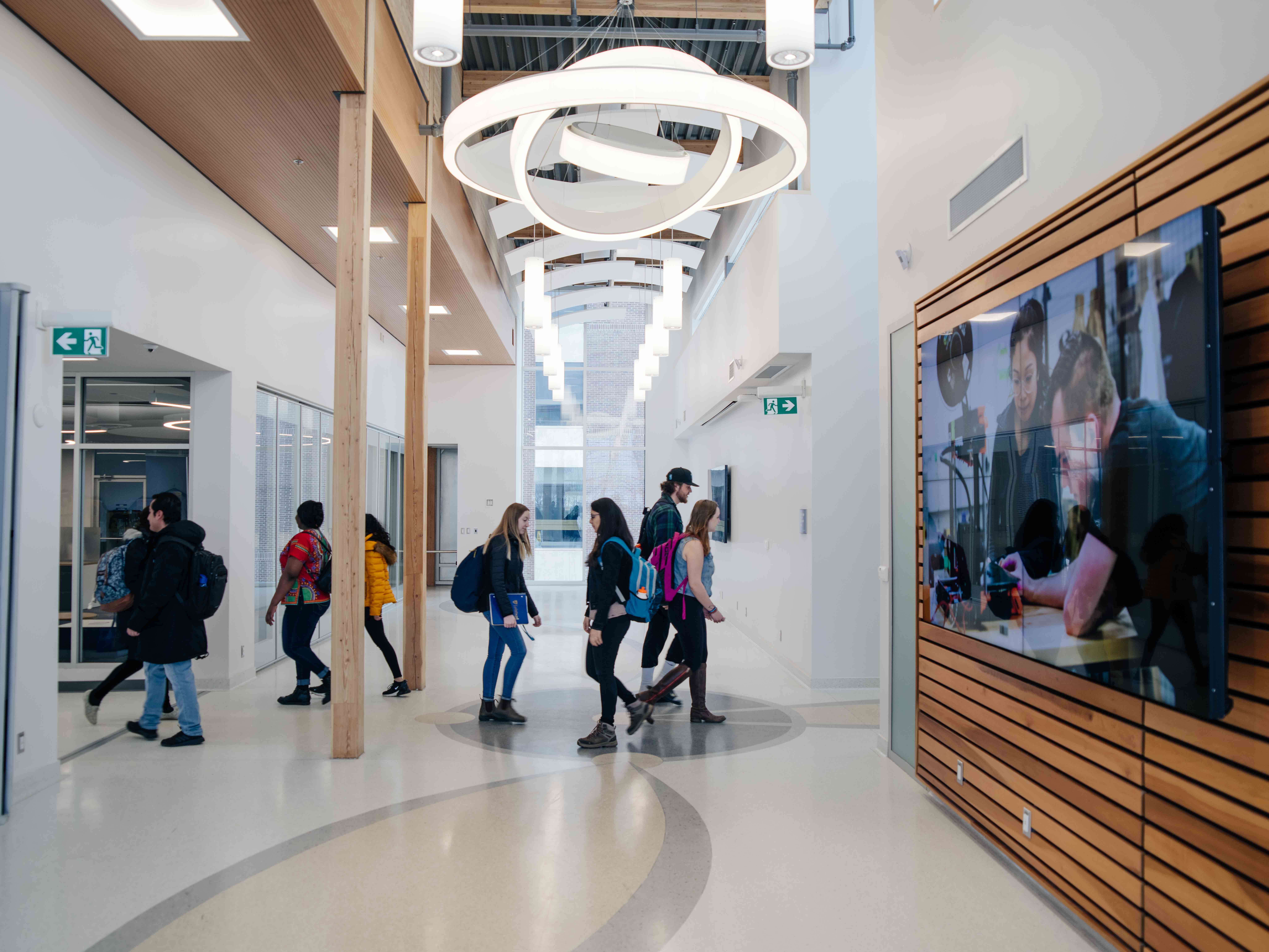Research in Action: Mining for gold with cyclotron
Published in the Chronicle Journal Tuesday, February 4, 2020
By Julio Heleno Gomes
Deep in the heart of a modern office building is a multimillion-dollar machine used to help in the diagnosis and treatment of cancers and heart disease. This cyclotron is also the newest tool in gold exploration.
Using a byproduct of the production of medical isotopes, researchers at Lakehead University and the Thunder Bay Regional Health Research Institute can activate samples to determine how much gold they contain — a potential breakthrough in gold analysis.
“When you’re trying to find gold, you don’t want to miss something in the samples,” explains lead researcher Dr. Michael Campbell. “We have to do more testing to confirm this is a method that will give us results comparable to what is the current standard for testing for gold and other minerals.”
The project is funded by a National Science and Engineering Research Council partnership grant with Newmont Goldcorp, the world’s leading gold company. Newmont Goldcorp operates the Musselwhite mine, north of Pickle Lake. Shortly after the cyclotron went on-line, the company approached Campbell about analyzing gold samples. Campbell was in charge of designing the cyclotron facility and commissioning the particle accelerator. Now a research chair in Lakehead’s department of Chemistry, he continues as the facility’s radiation safety officer.
The $4-million cyclotron is a device that produces isotopes used in medical imagining for the detection and staging of various types of cancer. A byproduct of producing radio-isotopes are subatomic particles called neutrons. Normally these bounce harmlessly around the shielded, underground vault until they are absorbed by the walls. In this work the researchers are taking advantage of neutrons to detect the presence of gold and other minerals.
“It’s an opportunity to create a non-destructive method for assaying metals,” Mark Somppi, Manager, Process Ops & Asset Management at Musselwhite, says of the process.
The traditional method for gold analysis has been fire assay, which is labour-intensive and produces waste. With the cyclotron, a mineral sample smaller than a packet of sugar is placed into the stream of the neutrons. This makes the sample radioactive for a short period of time. The gamma rays coming off the sample are then measured as the sample decays.
“We can use that to determine how much gold was in that original sample. The more radioactivity is produced the more gold is in that sample,” Campbell explains.
The testing apparatus was constructed in-house with plumbing parts and an air compressor, materials available at any hardware store.
“I’m pretty sure the guy in the plumbing department at Home Depot thinks I’m nuts,” Campbell laughs when describing how he sourced the parts.
Adrianna Tikka, a research assistant who graduated with a master’s degree in Environmental Engineering, helped develop the system that moves ore samples to and from the cyclotron vault. She also tests the samples and analyzes the results — a role that will benefit her as she pursues a career in the engineering field.
“Companies will see that I am working with a corporation wanting to reduce their ecological footprint and perhaps will see the potential of having someone on their team with first-hand experience in such matters,” she says of this work.
One of the advantages of this technique is that since the neutrons are a byproduct from normal cyclotron operation there is no additional cost since the cyclotron is already running. The short half-life of the radio-isotopes produced also means there will be no long-lived radioactive waste to deal with.
Employing a consistent and accurate assay method is key for a business seeking to maximize profits, Somppi says. “The industry is always looking for the fairest exchange methodology on the finance-metal sales side of the business,” he explains, adding that a consistent and accurate assay method is part of this process.
“If we can help them get a fraction-of-a-per-cent more gold out of that tonne of rock they bring up,” Campbell says, “that could add up to a huge amount of additional gold that could be recovered.”
The proof-of-concept phase of the project is now complete and based on the preliminary results Campbell is continuing with the research.
“We’re not at the point yet where we can replace the current assays, but we’ve shown we’re able to detect gold in a variety of different samples,” he states.
“We have to get a bit more data and test a few more samples so we get consistent results under a wide variety of conditions.”
-- 30 --


